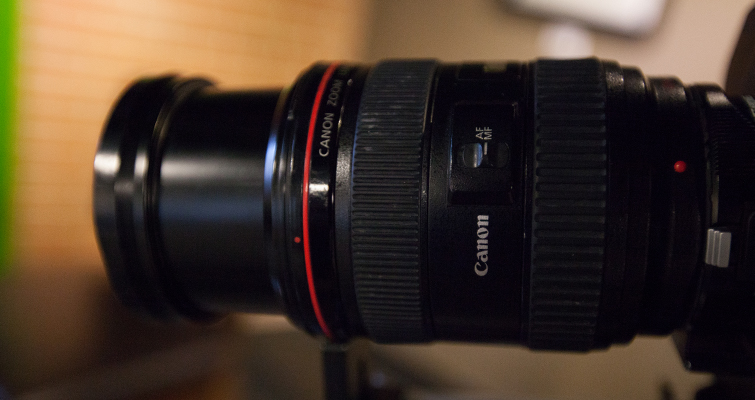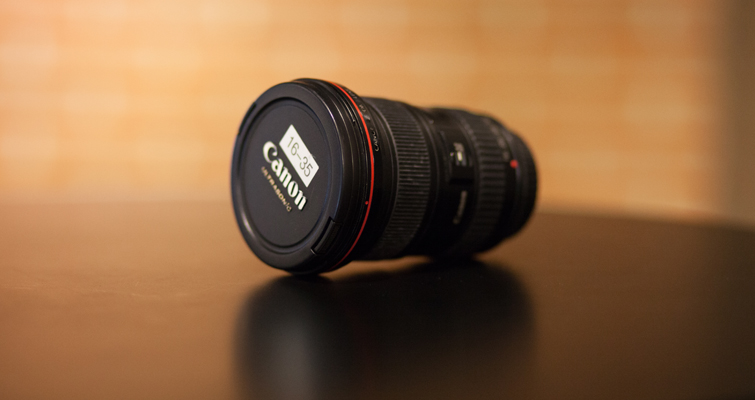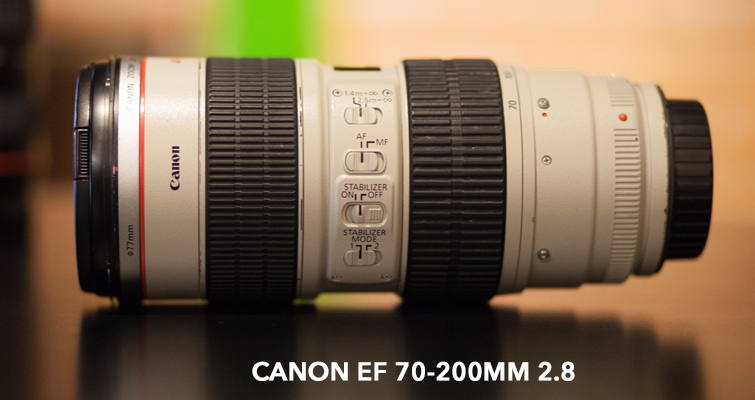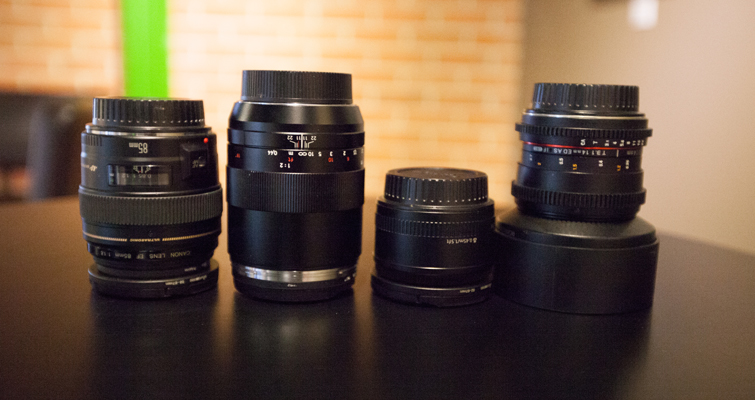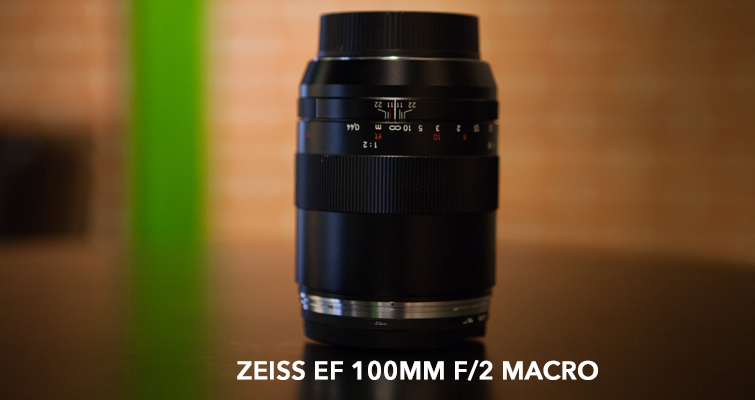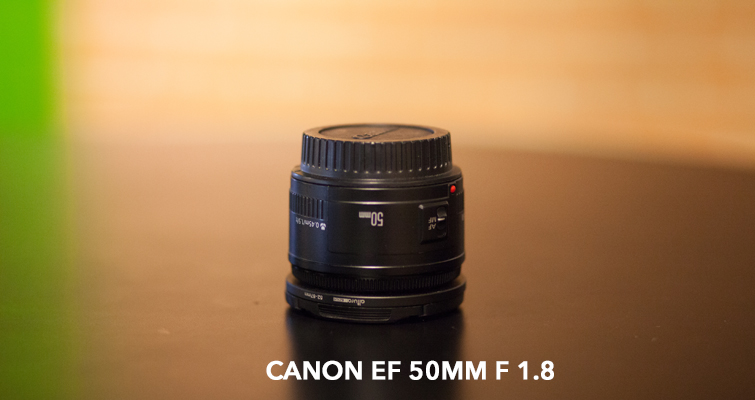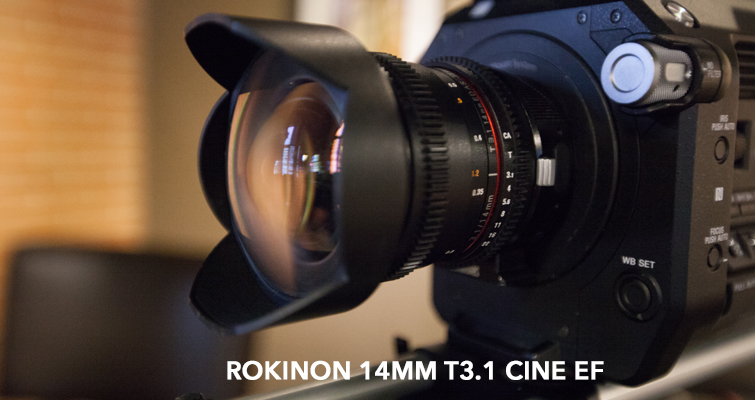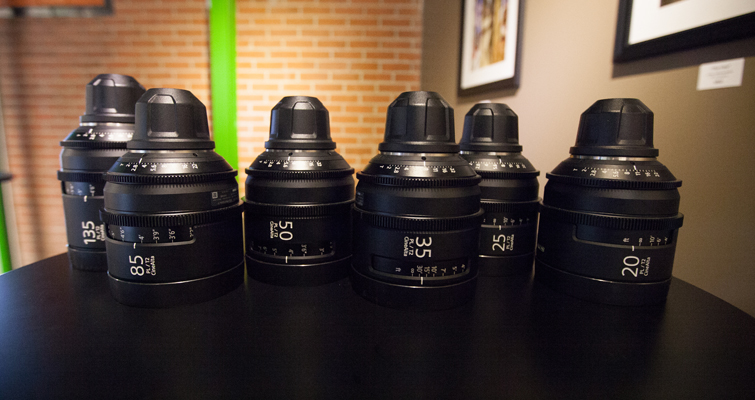
Primes vs. Zooms: Situational EF Lens Prep
Choosing the right lenses for your video production can make or break your project. This round-up of EF lenses can help you prepare for your next shoot.
Before I show up on set, I take several preparatory steps to ensure that I can capture everything the client needs. It starts by asking myself what I am filming. This determines which lenses I should use, and what additional equipment I’ll need.
Next I ask myself how much time I have so I’ll know how quickly I have to move on set. If the timeframe is narrow, for example, I may bring zoom lenses to speed up my workflow. If, however, I have plenty of time, I can use prime lenses to get some truly great images.
Zoom EF Lenses
Here are my go to EF zoom lenses.
Canon EF 24-70mm 2.8
This is my favorite medium zoom lens. It allows you, with a single lens, to grab some great wide shots, and get close to your subject. Something to keep in mind, however, is that when you zoom, the front of the lens protrudes outwards. This doesn’t bother me, but if you are using a matte box, it can create problems.
Canon EF 16-35mm 2.8
This is my go-to wide angle lens. I absolutely love how wide an image this lens can produce. It can also zoom to a 35mm to help grab some interesting medium-closeup shots. The front of the lens does not change when you zoom from a 16mm to a 35mm.
Canon EF 70-200mm 2.8
This is my all-time favorite zoom lens. The Canon 70-200mm gives you a ton of composition options in a pinch. This lens also has a built-in image stabilizer, which allows you to capture handheld shots if you need to.
Prime EF Lenses
Here are a few prime lenses that I prefer to use if I have a bit more control over the production. These lenses can capture an amazingly sharp image, with a beautiful bokeh. Keep in mind that prime lenses require you to change lenses if you’d like a wider or tighter shot.
Canon EF 85mm 1.8
The Canon 85mm is a beautiful lens. The background just fades away from what’s in focus. I love using this lens for interviews and close-ups.
Zeiss EF 100mm F2 Macro
The Zeiss EF 100mm Macro lens lets you get extremely close to the action. I typically use this lens for product shots and extreme close-ups.
Canon EF 50mm F1.8
The Nifty Fifty! This lens is a must-have! It’s one of the least expensive Canon lenses, but it can produce some gorgeous images. The 1.8 Aperture makes this an amazing low-light lens, if you are hurting for light at a shoot.
Rokinon EF 14mm T3.1 Cine
This is a great lightweight wide angle lens. I typically use this when filming on a Ronin or Steadicam. The de-clicked aperture allows you to adjust the exposure on the fly.
Bonus: PL Cinema Primes
If I’m not shooting with EF lenses and have complete control over a set, I prefer to use my Sony CineAlta 4K PL Cinema Prime lens kit. These lenses are about six pounds each, so it’s not easy to move quickly with them. All six lenses have the same size and weight, so when you change your lenses, you don’t have to reposition your lens support and matte box.
These lenses are very durable with full metal construction. They also have focus distances, so you can be confident with your focus pulls.
These are just some of my preferences when choosing lenses. There is no right or wrong choice — it simply comes down to what works best for you. The most important thing to remember is that lenses are tools. You need to make sure that you bring, rent, or own the right tools for the job.
What lens combinations do you prefer to shoot with? Let us know in the comments.


